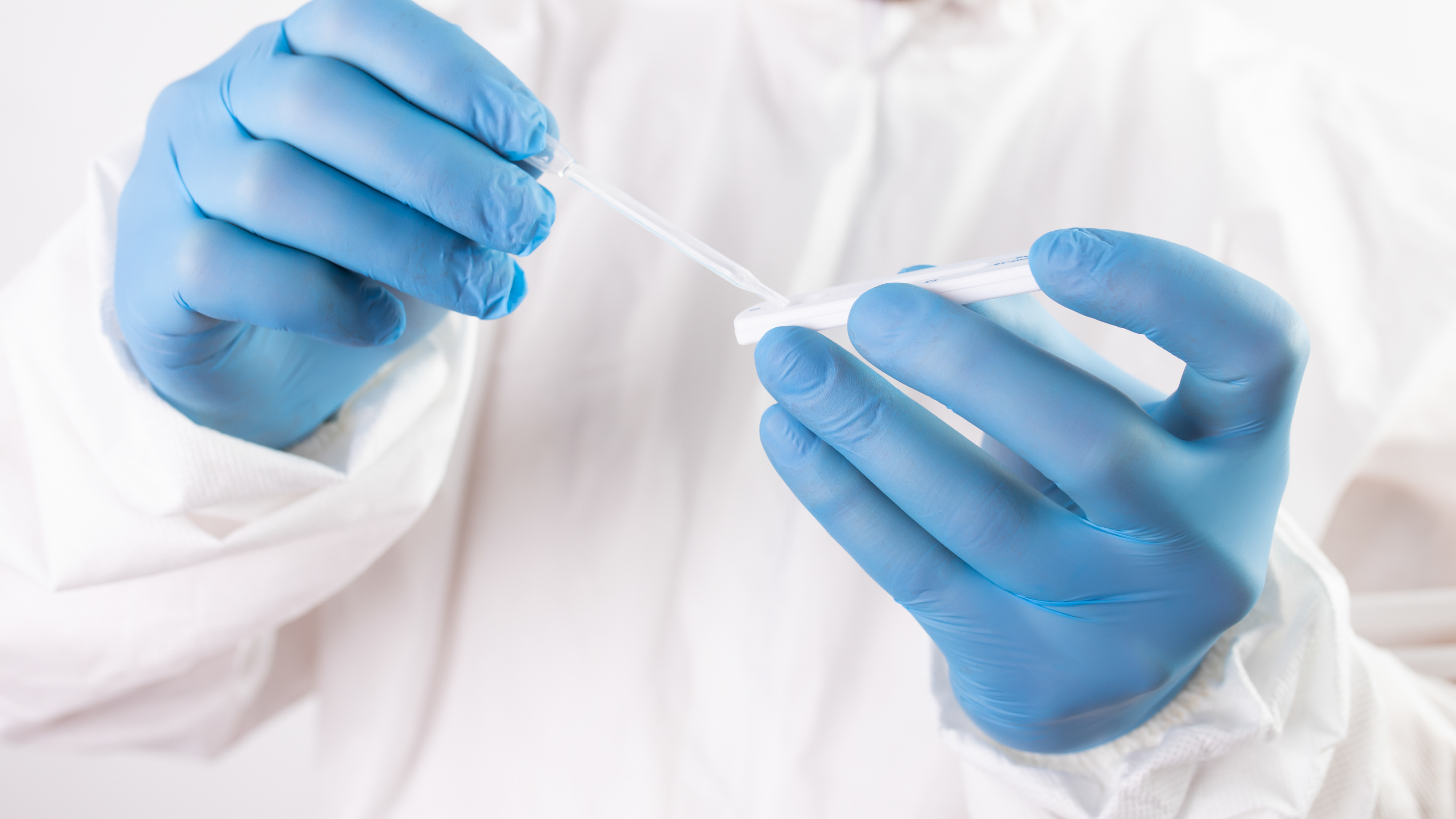
A New Device to Detect Disease Biomarkers and Monitor the Body’s Response
A user-friendly device for detecting the presence of disease biomarkers and the body’s immune response has been patented by an interdisciplinary research team from the Department of Applied Science and Technology-DISAT at Politecnico di Torino. Initially designed and preliminarily tested for Covid-19, the device is now ready to be adapted for use in the diagnosis of other diseases – both epidemic and non-epidemic – with significant social impact, and even in fields beyond biomedicine.
The patent –“Rapid test device for the detection of SARS-CoV-2 virus and the relative antibody production” – was granted in Italy in September 2023, with protection extended to Europe and the United States. It is the result of intense work by researchers responding to the Covid-19 pandemic.
“In the early months of 2020, we naturally felt the urge to pool our knowledge to design something that could help address the unfolding situation – explains Lucia Napione, researcher at DISAT – Specifically, we focused on creating rapid disease detection devices by combining diverse areas of expertise to meet a clear and urgent need”.
The invention is the result of collaboration between DISAT, the Magna Grecia University of Catanzaro, and the Fondazione Bruno Kessler. The co-inventors at Politecnico include, in addition to Lucia Napione, Francesca Frascella, Fabrizio Pirri, Enzo Mario Di Fabrizio, Marzia Quaglio, and Alessandro Chiadò, all faculty members at DISAT, and mostly affiliated with the Interdepartmental Centre for Biomedical Sciences PolitoBIOMed Lab.
The patented device uses a lateral flow immunochromatographic assay. It is a test in which a liquid sample is applied to a test strip and moves along it by capillary action. As it travels, the sample interacts with specific molecules that enable both the detection of the target substance (analyte) and verification that the test has been performed correctly.
The device’s distinctiveness lies in its dual functionality: it features two separate immunochromatographic strips that allow simultaneous detection of the virus (antigen test) and the body’s immune response through antibodies (serological test). In other words, a single device can provide a double readout – on both the presence of the pathogen and the specific antibodies.
The system also includes a signal amplification method, enhancing the device’s sensitivity to detect the analyte, even when it is present in very small quantities. After the test is run, results can be integrated with a smart application for simplified and user-friendly data visualisation.
The system, however, introduces further innovations. For virus-specific detection, the device uses, as a molecular probe, the same receptor protein employed by the virus to infect host cells. This offers the advantage of potentially maintaining detection performance even across viral mutations, reducing the risk of false negatives.
Another innovative feature is the device’s versatility. “By varying the biochemical agents – that is, the molecular agents used to recognise specific analytes – our invention can be tailored to detect other diseases, especially those with high social impact”, highlights Lucia Napione.
This adaptability points to the patent’s future potential and its appeal to industry. “While originally developed for biomedical purposes (Covid-19 and other diseases), the system can also be adapted for use in other sectors, such as the agri-food industry, for example, to detect food contaminants or combat food fraud”, explains Alessandro Chiadò. He also outlines the next steps: improving detection capabilities for specific pathogens/biomarkers and enhancing the usability of acquired data through smart applications.
Finally, Napione and Chiadò note: “We need to partner with companies willing to collaborate on a series of tests for prototyping (tailored to specific diseases or biomarkers) and to support the transition to industrial-scale production”.